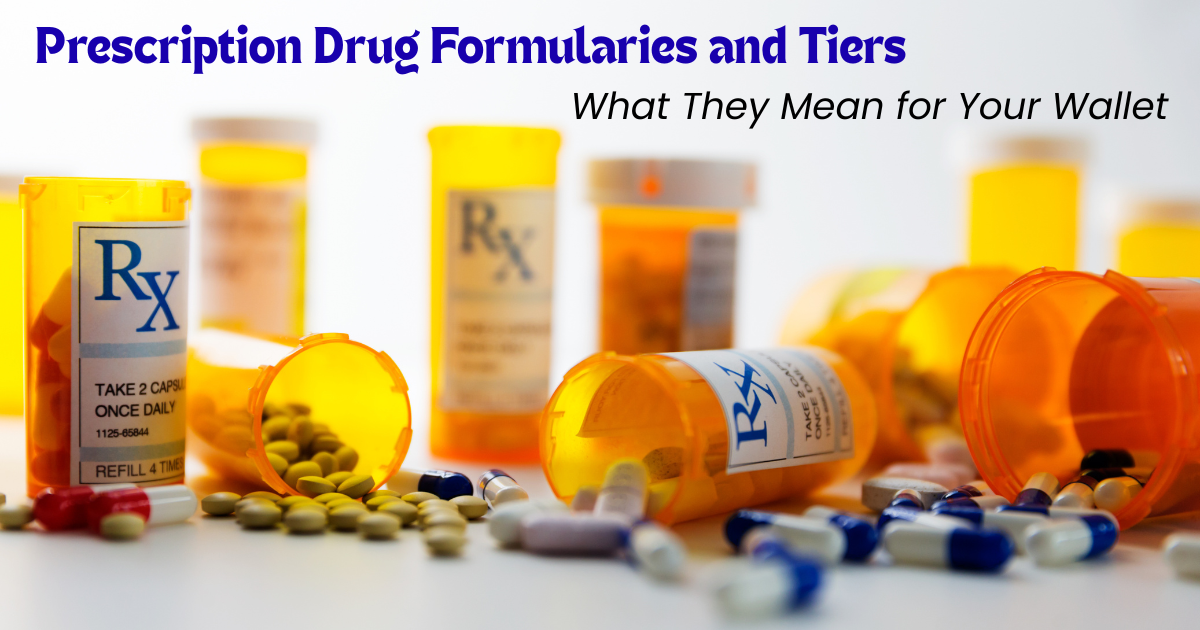
If you’ve ever picked up two prescriptions and wondered why one costs far more than the other—despite both being “covered”—you’re not alone.
The difference often comes down to how your health plan categorizes medications through its formulary and tier structure.
Understanding how these work isn’t just an insurance technicality—it’s the key to saving money and getting the most value from your health benefits.
At Zinn Insurance, we believe informed employees make empowered decisions. So, let’s break it down.
A formulary (or prescription drug list) is your plan’s guidebook for which medications are covered and at what cost.
Formularies include both brand-name and generic medications, organized by drug type or therapeutic class.
Your share of the cost could be a flat copay or a percentage (coinsurance) depending on your plan. Some drugs may even be covered at no cost to you.
Most health insurance plans organize medications into tiers, which determine how much you pay out of pocket.
Here’s the simple rule:
The higher the tier, the higher the cost.
A typical plan might look like this:
3-Tier Plan
4-Tier Plan
5-Tier Plan
According to KFF’s 2025 Employer Health Benefits Survey, 84% of workers are enrolled in plans with three or more tiers—and 60% are in plans with four or more.
Knowing which tier your medication falls into helps you plan ahead and avoid sticker shock at the pharmacy counter.
If your prescription isn’t listed on your plan’s formulary, don’t panic—it doesn’t always mean it’s off-limits.
You can:
These small steps can save you hundreds over the course of a year.
You can usually find your formulary by:
Many insurers also provide digital search tools that let you look up medications instantly and compare cost tiers before you head to the pharmacy.
Prescription drug formularies and tiers aren’t just fine print—they’re financial tools that can help you make smarter, more cost-effective choices.
At Zinn Insurance, our mission is to simplify benefits education so you can spend less time decoding your plan and more time focusing on what matters—your health.
💡 ZINNsight: Understanding your prescription coverage today helps protect your wallet tomorrow.
If you have more questions contact Zinn today and we can talk!
